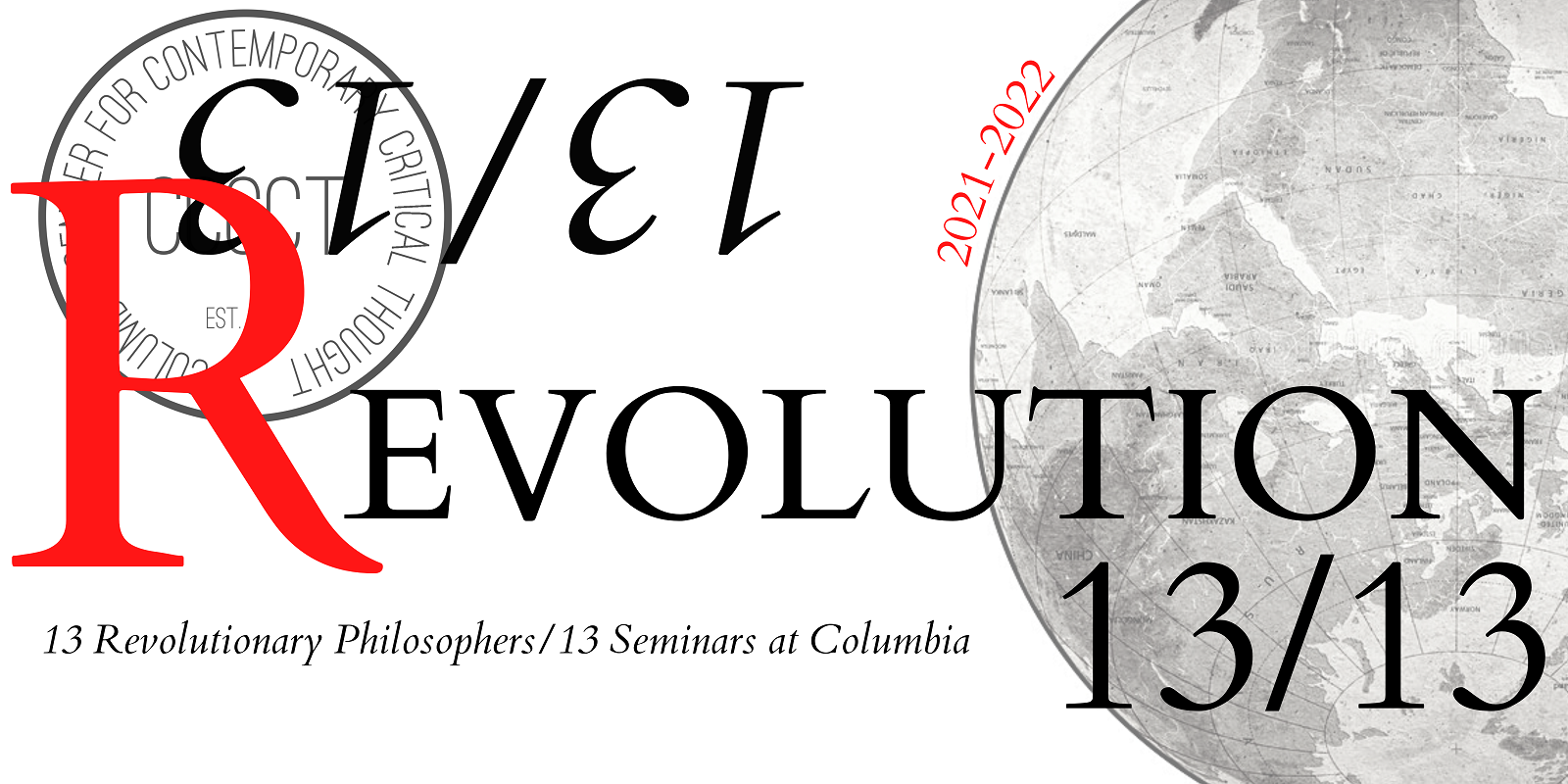By Keeanga-Yamahtta Taylor
To introduce our discussion of the Combahee River Collective Statement at the People’s Forum for Revolution 4/13, I will develop two points.
The first concerns why I decided to publish How We Get Free: Black Feminism and the Combahee River Collective. The idea emerged from the first book that I wrote, From #BlackLivesMatter to Black Liberation, in which I was looking at the first wave of the Black Lives Matter Movement in 2014-2015. When looking at this first wave, I noticed that a lot of the young Black women organizers in places like Ferguson and Oakland had been drawn to the Combahee River Collective Statement as a source of political and historical understanding of their own circumstances and condition. And thus I wanted to look at the Statement on its own terms and talk to the women who wrote it to see what we can learn from the period and the context in which they wrote it, in a way that makes sense for these young women organizers.
The second involves understanding why the Statement became popular. It has been re-published at least thirty times between the 1980’s and 2017. It is a popular reference point for activists. I think that this is due, at least in part, to these five following reasons:
- It’s a political statement. It’s an effort to make sense of the structural and material conditions in which Black women were situated during the 70’s.
- It clearly identifies the source of Black women’s oppression as rooted in capitalism. Even though a lot of the literature and conversation surrounding the Statement focuses on its identity politics, it is equally if not more importantly a socialist text. One might argue that the focus on the former rather than the latter is a deradicalization of the Statement’s politics.
- It identifies and articulates the intersectional way in which Black women experience oppression and clearly states that their experience is not reducible to gender or race. Black women face specific issues such as rape, the idea of “smart-ugly,” forced sterilization etc. that are rooted in the intersection of race and gender. They experience forms of oppression that do not pertain to Black men or white women. What is remarkable is that they do not do so in a passive, proprietary way, but as a way of trying to understand their motivation around politics. They articulate their conception of identity politics as a source of knowing, power, and solidarity, not grievances.
- It acknowledges in a subtle way the class turn in Black politics in the 80’s through the reference to tokenism. They talk about how the success of a small group of Black people is used to dismiss the enormity of suffering in the majority of Black families. When the success of individuals like Michelle Obama and Beyoncé is portrayed as possible for all Black people, rather than a total exception to the rule, that implies the suffering of the majority of the Black population is a product of their own behavior or family structure rather than racist capitalism. The Statement brings attention to how the mere presence of a Black elite is used to discipline middle class and working class Black people.
- It is attractive because of its optimism. The Statement contains a certain form of optimism that isn’t faked or contrived but one born out of solidarity and the need for revolutionary action. It is an optimism that believes revolutionary action to be a tangible way in which Black people’s conditions can evolve. It’s sober, rooted in the history of the oppression of Black women and an analysis of that history. This analytical capability of explaining how we are in this situation, and how we can get out of it, is one of the reasons that make the CRC Statement so popular.
I look forward to developing these points at Revolution 4/13.
